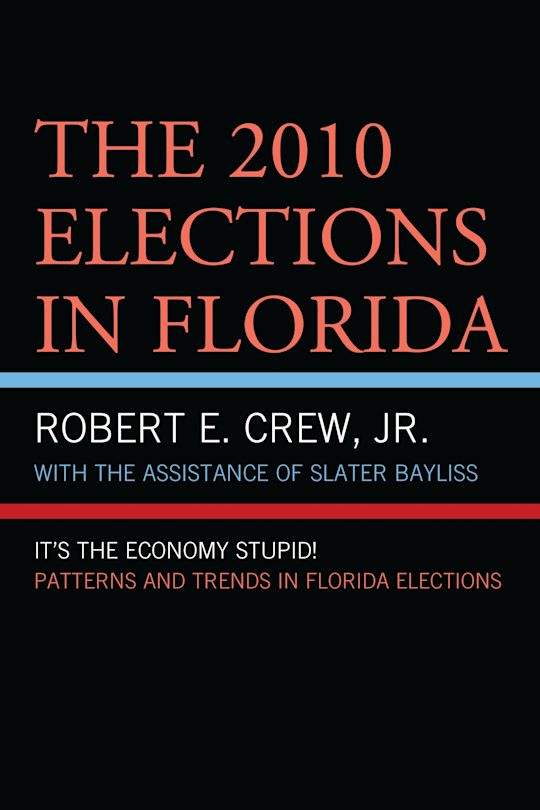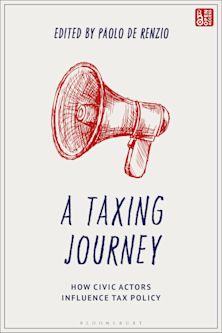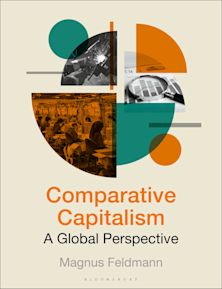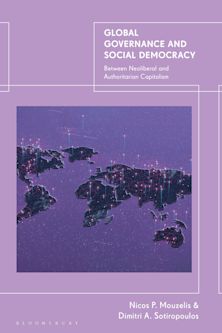- Home
- ACADEMIC
- Politics & International Relations
- Political Economy
- The 2010 Elections in Florida
The 2010 Elections in Florida
It's The Economy, Stupid!
The 2010 Elections in Florida
It's The Economy, Stupid!
This product is usually dispatched within 2-4 weeks
- Delivery and returns info
-
Flat rate of $10.00 for shipping anywhere in Australia
You must sign in to add this item to your wishlist. Please sign in or create an account
Description
This book places the 2010 elections in Florida in historical context and offers insight into and an explanation for the substantial gains made by the Republicans that year. This book provides narratives of gubernatorial, U.S. Senatorial, congressional, and state legislative campaigns along with empirical data on voter registration, voter turnout, and the electoral behavior of groups in the Florida electorate. It also speaks to the importance of national forces on state level elections and the impact of external advocacy groups in such elections.
Table of Contents
List of Tablesv
Prefacevii
Part I: The 2010 Elections in Florida: It’s the Economy Stupid!1
The 2010 Statewide Elections: A Unique Year3The Martinez Decision3
The National Economy and Florida Politics4
The Race for the U.S. Senate: The Candidates5
The Race for Governor: The Candidates6
The Race for Statewide Office: Attorney General, Chief
Financial Commissioner of Agriculture and Chief Financial
Officer7
Part II: The Race for the U.S. Senate9
The Campaign for the U.S. Senate: Background and Context11The Primary Campaigns11
The Democratic Primary: Background and Context16
The Outcome of the Democratic Primary22
The U.S. Senate General Election22
The Outcome of the Senate Race29
The Senatorial Election Results31 Alternative Voting: Early and Absentee Ballots 31
Patterns in Senatorial Elections: Party Success 32
The County-by-County Outcome 33
Part III: The Race for Governor 43
Social Groups and the Senatorial Vote: 2006, 2008, 201045How Social Groups Voted in the Senatorial Race45
Gender, Age, and Race45
Changing in Voting Coalitions between 2006 and 201047
5 The Race for Governor: Strategy53
The Republican Primary54
The Outcome of the Primary58
The General Election for Governor59
6The Gubernatorial Election Results65
The County-by-County Vote65
Voter Turnout66
7Group Voting in the 2010 Gubernatorial Election69
How Social Groups Voted in the 2010 Gubernatorial Election69
Voting Coalitions, 1998 through 201071
Part IV: The Races for Other Statewide Offices83
8The Race for Attorney General, Chief Financial Officer and85
Officer and Commissioner of Agriculture
The Primary Campaign for Attorney General 85
The General Election for Attorney General91
The Race for Commissioner of Agriculture97
Election Results for Statewide Offices99
Part V: The 2010 Congressional Elections103
9The Campaigns for Congress105
Introduction105
District by District Analysis106
The Pattern of Outcomes122
Explaining the Results124
Part VI: The 2010 State Legislative Elections141
10The Campaigns for the State Legislature143
Introduction143
The Parameters of the 2010 Election 143
Overall Results: Legislative Races with Two-Party
Competition145
Competitive Races in 2010: House Seats145
Competitive Senate Races150
Additional Incumbent Losses151
Patterns of Outcomes153
Explaining the Results155
Part VII: The Florida Elections of 2010 in Perspective159
The 2010 Election and the Future of Florida Politics161Introduction161
Legislative Apportionment162
Minor Party Candidates165
Term Limits166
Bibliography 167
Index173
Product details
| Published | 12 Aug 2013 |
|---|---|
| Format | Paperback |
| Edition | 1st |
| Extent | 188 |
| ISBN | 9780761861720 |
| Imprint | University Press of America |
| Illustrations | 37 tables |
| Dimensions | 227 x 153 mm |
| Series | Patterns and Trends in Florida Elections |
| Publisher | Bloomsbury Publishing |
About the contributors
Reviews
-
The outcome of competitive elections for national, state, and local races in Florida has significant implications for politics and public policy both within the Sunshine State and the United States as a whole. That is why it is important to be able to identify those factors that help us explain and predict election outcomes. The 2010 Elections in Florida does just that by providing us with a clear picture as to how the discerning mood of Floridians, the attractiveness of the Tea Party’s conservative message, a sputtering economy, the decline in approval ratings for President Obama and Democrats in Congress, and the all-important factor of money influencing the outcome of what many have called a “wave” election both in Florida and the nation.
J. Edwin Benton, professor of political science and public administration, University of South Florida
-
For those who want to understand the recent electoral politics of Florida, this book is the place to start. It provides thoughtful, contemporary history as framed by state-of-the-art political science scholarship.
Robert Jackson, Professor of Political Science, Florida State University



































